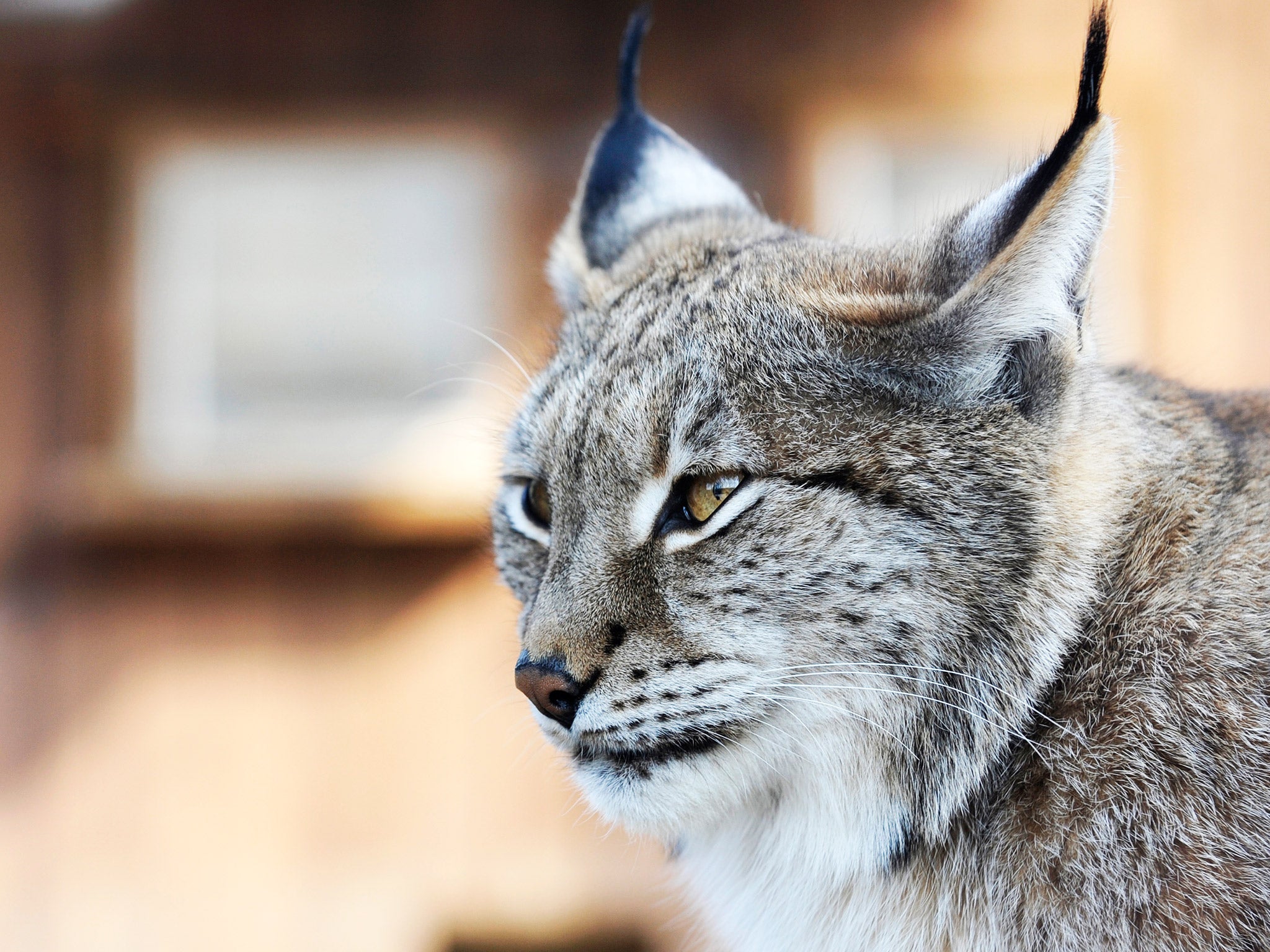Campaigners want the lynx to be reintroduced to Scotland
Conservationists want big cats back in the Highlands after 1,500 years

Your support helps us to tell the story
From reproductive rights to climate change to Big Tech, The Independent is on the ground when the story is developing. Whether it's investigating the financials of Elon Musk's pro-Trump PAC or producing our latest documentary, 'The A Word', which shines a light on the American women fighting for reproductive rights, we know how important it is to parse out the facts from the messaging.
At such a critical moment in US history, we need reporters on the ground. Your donation allows us to keep sending journalists to speak to both sides of the story.
The Independent is trusted by Americans across the entire political spectrum. And unlike many other quality news outlets, we choose not to lock Americans out of our reporting and analysis with paywalls. We believe quality journalism should be available to everyone, paid for by those who can afford it.
Your support makes all the difference.Campaigners are calling for the Eurasian lynx to be reintroduced to “rewild” parts of the Scottish Highlands and control red deer numbers.
The call came from charity Trees for Life, which said the return of the predator would help control a soaring red and roe deer population.
Alan Watson-Featherstone, Trees for Life’s executive director, told The Independent: “We advocate the return of all missing species, including the lynx, which we think went extinct around 1,500 years ago.”
The charity added the main impact of lynx, which is a specialist predator of roe deer, would likely be in disturbing deer populations, causing these animals to move more frequently so that their grazing was less concentrated in specific areas and less damaging to young trees.
The lynx has already been reintroduced to continental Europe in the Alps and Jura mountains, where Mr Watson-Featherstone said it was a “solitary ambush hunter” that doesn’t have the “negative public connotations associated with the wolf”.
Tress for Life believes there is “existing habitat” to support up to 450 animals in Scotland and points out there are “no instances” of it attacking humans in Europe. However the National Farmers Union in Scotland said the country no longer had suitable habitat for large predators.
Join our commenting forum
Join thought-provoking conversations, follow other Independent readers and see their replies
Comments